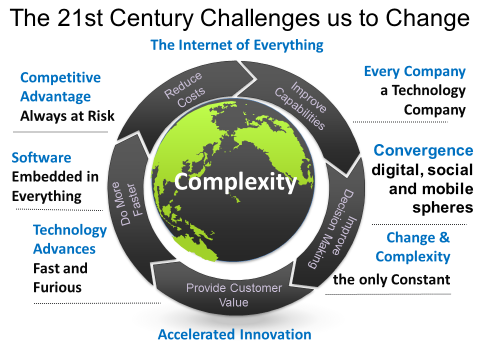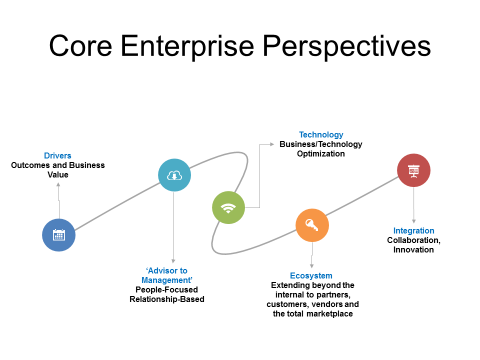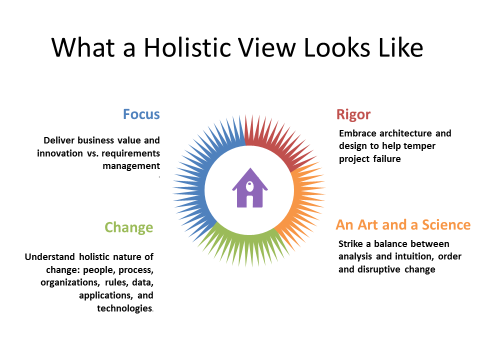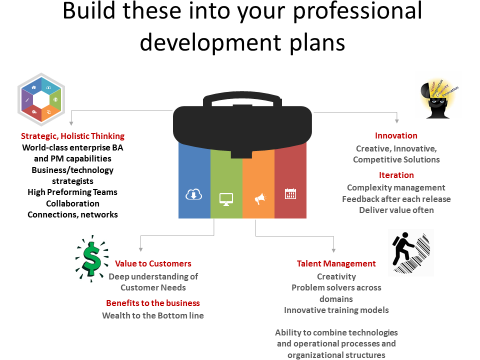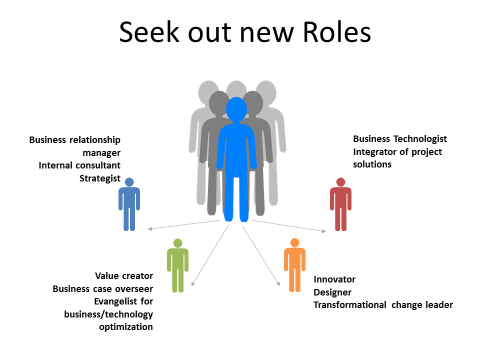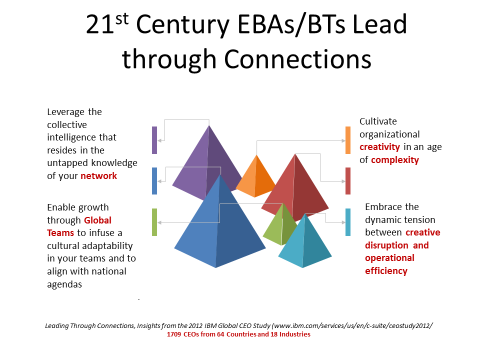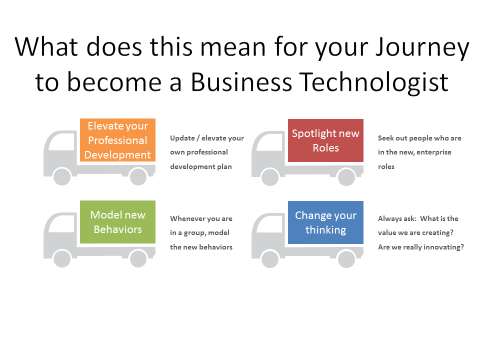Your Next Business Analyst Will Be a Robot
The advancement in artificial intelligence is mind blowing. So much so that teaching robots problem-solving skills is kicking into high gear.
I recently went to a science museum with my family, and one of the exhibits showed that robots are learning problem-solving skills. If you know about and/or believe in Singularity, this is no surprise. You can learn more about singularity here. For a quick reference, I want to share this definition. “The technological singularity is the hypothesis that accelerating progress in technologies will cause a runaway effect wherein artificial intelligence will exceed human intellectual capacity and control, thus radically changing or even ending civilization in an event called the singularity.” In Time magazine about 5 years ago, there was an article that predicted singularity would hit in 2045.
Related Article: Stop Calling Yourself the Bridge
When I read the sign at the museum stating robots are learning problem-solving skills it made me think about the impact to the business analysis profession. Problem-solving is what business analysis professionals do. They are problem solvers. Which led me to think the next generation BA will be a robot. I know most people reading this article will most likely be retired by 2045, so you don’t have to worry about your business analysis role. You may have to worry about how this impacts retirement, but you’ll have to talk to your financial advisor about that one. This took me down a path thinking about how technology is disrupting the BA profession. I landed on the thought that if robots can be BAs in 30 years, then humans half way around the world can be your next BA hire right now. Technology may not be sophisticated enough for a robot to take your job, but it is sophisticated enough to give companies the ability to hire a BA anywhere in the world.
Before I get into what you can do what this means to you and what you can do about it, I want to blow away some myths about having remote BAs.
- Distance: I keep hearing people say in the US that the BA role won’t be moved offshore. Well, too late, it already is. The companies I work with have BAs everywhere. I predict the number will grow. And I am not just talking about India or China. Why can’t your next BA peer be from the UK, New Zealand, or Ukraine? Why can’t the next BA on your team be from Los Angeles even though your company is in Des Moines?
- Time Zones: How can you possibly have a BA work in New Zealand if the business stakeholders are in the US? The time difference is too great, right? Not too worry. My father worked nights for as long as I can remember. People will work non-9 to 5 jobs if it suits their lifestyle.
- Language Barriers: Language barriers will become less and less of an issue every year. When I was in primary school, we started learning a second language in middle school. Now my kids are learning Spanish when they are 5. Younger generations are being brought up in a global world and are being prepared.
Now that I took care of that, you can look at this new reality in two ways. You can see it as a challenge and the fact that you will be vying for a job not only from people in your city but from around the world. Or, you can look at it as an opportunity. No matter where you are, you can apply for jobs around the world. Regardless of the way you look at it, there are things you can do to prove your value to any company.
I have written about valuable skills or characteristics before so I won’t repeat those here. If you have not read my blog post, The Four Chords of Great Business Analysts, please check it out.
For other characteristics to focus on, take a look at an article my buddy Hans Eckman shared from Fast Company, 4 Habits of Employees You Shouldn’t Wait to Promote. Get in the habit.
Oh, but there’s more. Robots may be able to be better problem solvers in the near future. Though, being a good problem solver does not help if you first don’t know what problem you are trying to solve. What good is it if you solve a problem that no one cares about? You need to start or continue to be laser focused on ensuring there is clarity and shared understanding of the problem or opportunity your team is working towards.
Next, you need to focus on remote communication and collaboration. Get really good at this. A recent survey by Meeting Professionals International shows that virtual meetings are expected to grow at twice the rate as live meetings. This is everything from large company meetings to one on one meetings. A large part of your role is to facilitate decisions. The people you are helping make decisions are not always sitting next to you.
Let’s face it; the barriers are broken. Technology has caught up to people’s desire to connect with others around the world. Organizations have options. I can easily connect with friends and colleagues in the UK, Spain, New Zealand, Australia, South Africa, Argentina, and so on. Organizations no longer need to hire someone that lives a commutable distance from an office. There are 2 key things you should focus on as it relates to remote communication and collaboration. One, you have to learn how to connect on a personal level with people in a remote world. This takes some work. In an office, you do this without even thinking. You see someone getting a drink, and small talk ensues. You see them at lunch, on the way to a meeting, or walking into the office and you can connect with little effort. You usually don’t have to make time to connect with them. In a virtual world, you need to schedule it. Work in time during your day to call someone, text someone, chat with someone just to say hello.
Next, you need to improve your virtual etiquette. When you are face to face with someone, you can eat and drink. When you do this on the phone, the noises that are heard on the other end of the phone are not pleasant. If you are eating while you are on a phone call, it’s like someone having their ear to your mouth as you are chewing. It’s rude and sounds gross! If you are a “slurper” when you drink, don’t drink while on the phone. And have you ever filled up a water glass from a water cooler or refrigerator while on the phone? Have someone try it and tell me what that sounds like. I’d rather you eat on the phone!
Technology will continue to change how you live and work. Will robots be the next generation BAs? Maybe. Until then, work on adding value to your organization regardless of where you live or where your team is located.
Virtually yours,
Kupe



